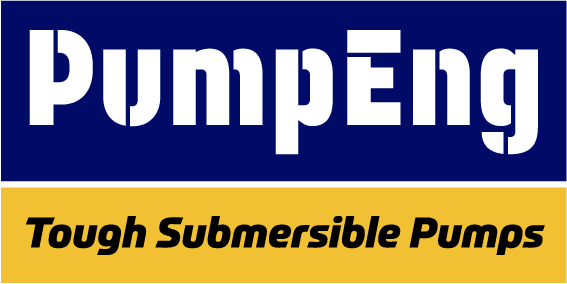
Rethinking Processing Plant Dewatering: A Lithium Site Case Study
At a Western Australian lithium processing facility, traditional vertical cantilever pumps are being challenged by submersible alternatives—with compelling results. The site, which processes lithium ore above ground, operates multiple sumps as part of its mineral processing circuit, each traditionally fitted with vertical cantilever pumps mounted above ground level.
These processing plants typically require around twelve pumps operating continuously in various dewatering applications. The traditional vertical cantilever setup, while long-established in the industry, presents several operational challenges. The above-ground motor positioning keeps electrical components clear of the sump but exposes them to intense ambient heat typical of Australian mining operations. The long shaft design, while functional, can be maintenance-intensive.
The alternative approach being increasingly adopted by the industry uses fully submersible ScatPumps. The submersible design offers several distinct advantages:
Improved handling of liquid composition
Enhanced cooling efficiency through full liquid immersion
Simplified installation with a single electrical cable connection
Reduced maintenance complexity
Significantly lower capital cost
Smaller motor sizes for comparable output, suggesting potential energy efficiency gains
The site's experience with the submersible units has been particularly noteworthy in terms of maintenance requirements. When service is needed, the simplified design allows for straightforward removal and replacement. A service exchange programme enables rapid turnaround, with refurbished units available at 60% of new unit cost.
In the demanding 24/7 operational environment of mineral processing, where pumps handle both corrosive and abrasive liquids, the units achieve varying service intervals depending on the media being pumped. The dramatic reduction in capital costs and simplified maintenance process deliver immediate operational benefits, even as long-term durability data continues to be collected.
Of particular interest is the potential for reduced risk during change-outs, with the submersible units requiring less complex handling procedures compared to their larger, heavier cantilever counterparts.
Questions for Industry
What has been your experience with traditional vertical cantilever pumps in processing plant applications?
How do you evaluate new dewatering solutions for mineral processing operations?
What performance metrics would you consider most valuable in comparing different pump technologies?
We're keen to gather more data on comparative performance and would welcome industry input on operational experiences with different dewatering approaches in mineral processing applications.
We continue to gather performance data and look forward to sharing a more detailed comparative analysis as it becomes available.
We'd be very interested in your perspective on dewatering solutions in mineral processing.
